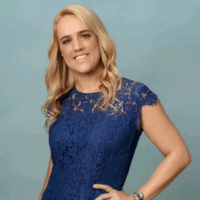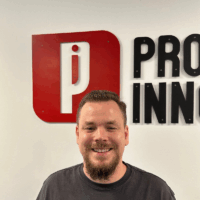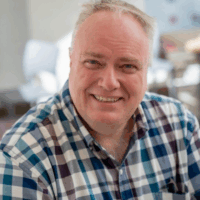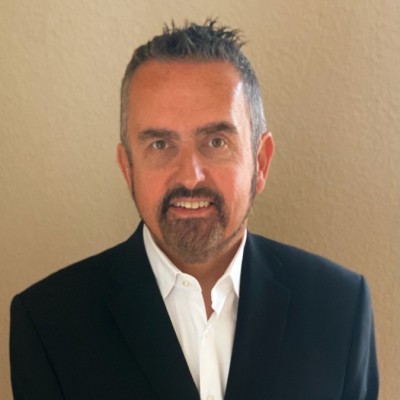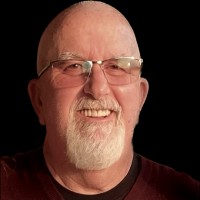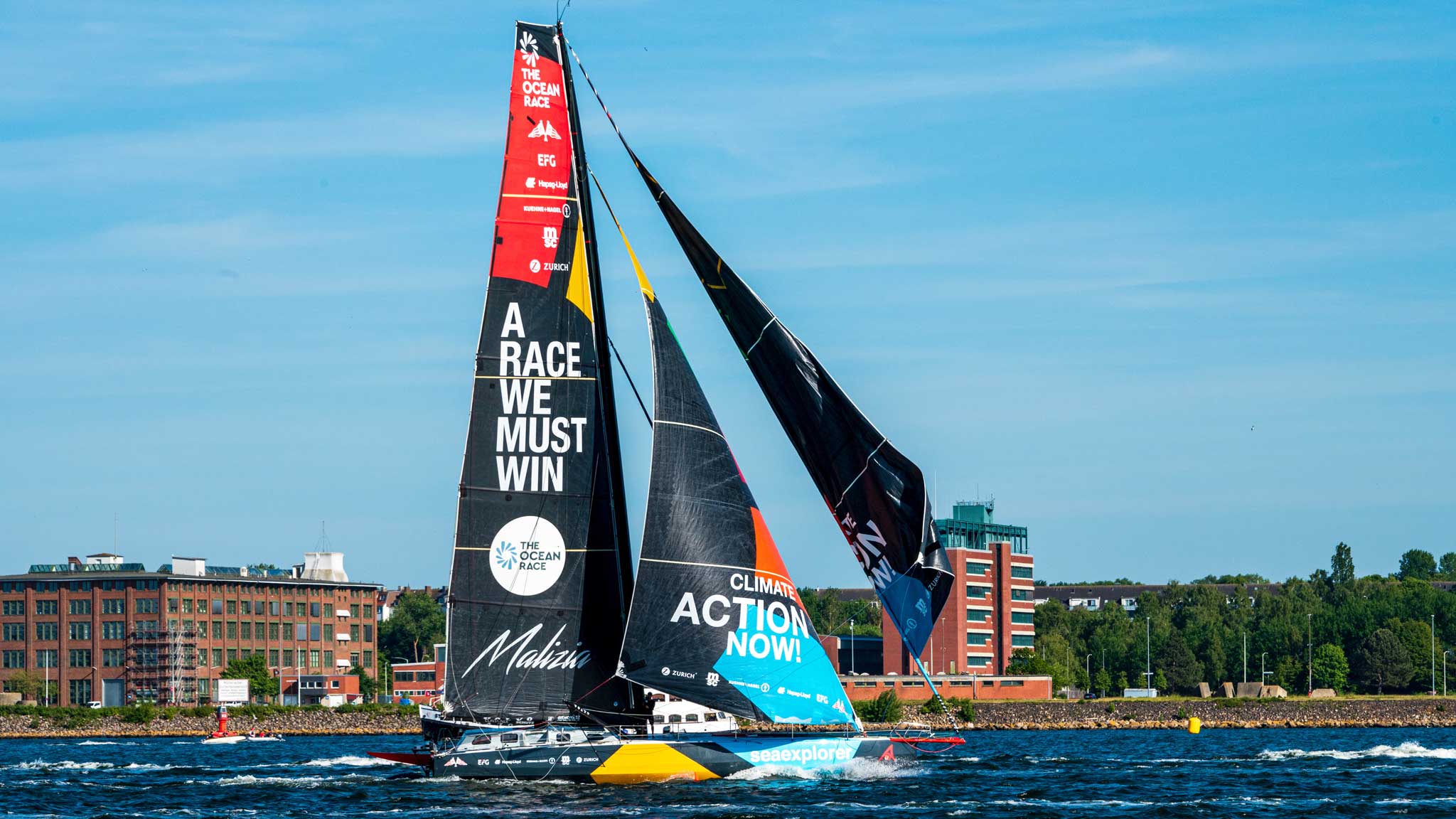
SailGP is using Oracle Cloud and private 5G to gain a competitive edge on the global racing stage. The championship now relies on 5G standalone network slicing to deliver real-time data, video, and communication across race venues. With a $12 million prize at stake, speed and precision matter more than ever. Beyond racing, SailGP aims to be the most sustainable and purpose-driven sports platform worldwide.
Tech Meets Sustainability on the Open Water
The high-tech F50 boats, equipped with adjustable sails up to 28 meters tall, are marvels of design. These vessels reach speeds over 87km/h—so fast that the water on their hydrofoils starts to boil, a phenomenon known as cavitation.
Each F50 weighs around 3,000kg and can handle extreme forces. With precise control, they outperform the wind itself—moving at up to four times its speed—and are even more energy-efficient than a bicycle.
Onboard, a six-person crew manages performance with roles like flight controller, wing trimmer, and strategist. Two grinders generate power, while others focus on fine-tuning the boat’s performance and tactics. Each role works in sync to maintain speed, agility, and strategic advantage.
Real-Time Data on a Global Stage
All boats feature 4K cameras, IoT sensors, and advanced systems. In 2025, SailGP partnered with Ericsson to deliver ultra-fast 5G at sea. Using private enterprise wireless networks, teams gain secure and seamless connectivity—essential for fast decision-making and fan engagement.
Ericsson’s Cradlepoint edge routers link the boats to public and private 5G networks. Real-time analytics from sensors guide decisions about sail trim, boat speed, and tactical choices. The same data also supports umpires and live broadcasters.
Handling 52 Billion Daily Data Requests
SailGP’s CTO, Warren Jones, sees each F50 as a floating IoT device. Across four races per day, the network handles over 52 billion data requests, including high-frequency telemetry, HD video streams, and live audio comms.
Environmental data from mobile and fixed sensors is also fed into the cloud. Everything is processed in Oracle Cloud, powering social content, TV feeds, coaching tools, and race monitoring. The system is entirely IP-based and built to scale.
Cloud-Native and Built for Speed
The Portsmouth leg of the race introduced AR/VR fan experiences, thanks to higher-capacity 5G. A private 5G SA network covered all event sites, connecting to edge servers and a core Oracle database near London via dedicated fiber links.
Jones built the system to be entirely cloud-first. At peak, over 58 billion requests stream back to Oracle Cloud, which handles everything from live metrics to fan-facing insights. With modular, portable equipment, setup is faster and lighter—cutting equipment from 30 containers down to one.
Challenges and Lessons From Portsmouth
Though the system performed well, Portsmouth brought surprises. AR overlays pushed GPU resources harder than expected. Dense metal structures around the port also created unexpected 5G interference. Jones says they’ll now test more in live conditions and add extra fallback layers.
Still, he praises Ericsson’s gear as “bulletproof” and transformational. With latency as low as 22ms, the team can depend on uninterrupted data streams. That reliability is vital for real-time decisions and fair competition. All race data is shared—leveling the playing field for teams and thrilling fans with deeper insights.
Next Stop: Saint-Tropez
After successful races across Europe, SailGP heads to Saint-Tropez, a venue known for record-breaking speeds. With home support, France’s Les Bleus team will push to top their own 99.94 km/h record. And for Warren Jones and his tech crew, the next challenge is just around the corner.
Source: https://www.computerweekly.com/feature/Oracle-Cloud-and-private-5G-give-added-edge-to-SailGP

























